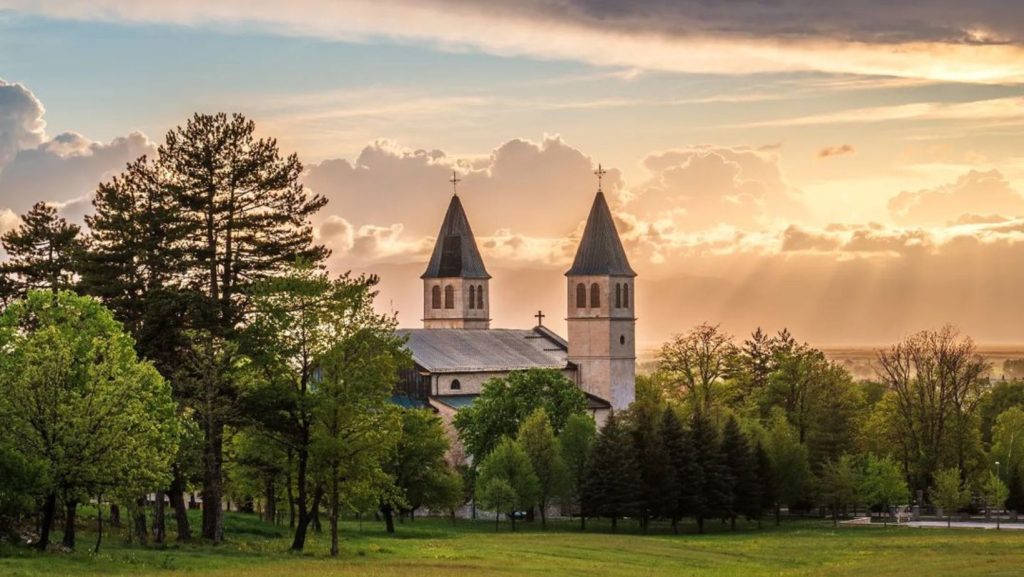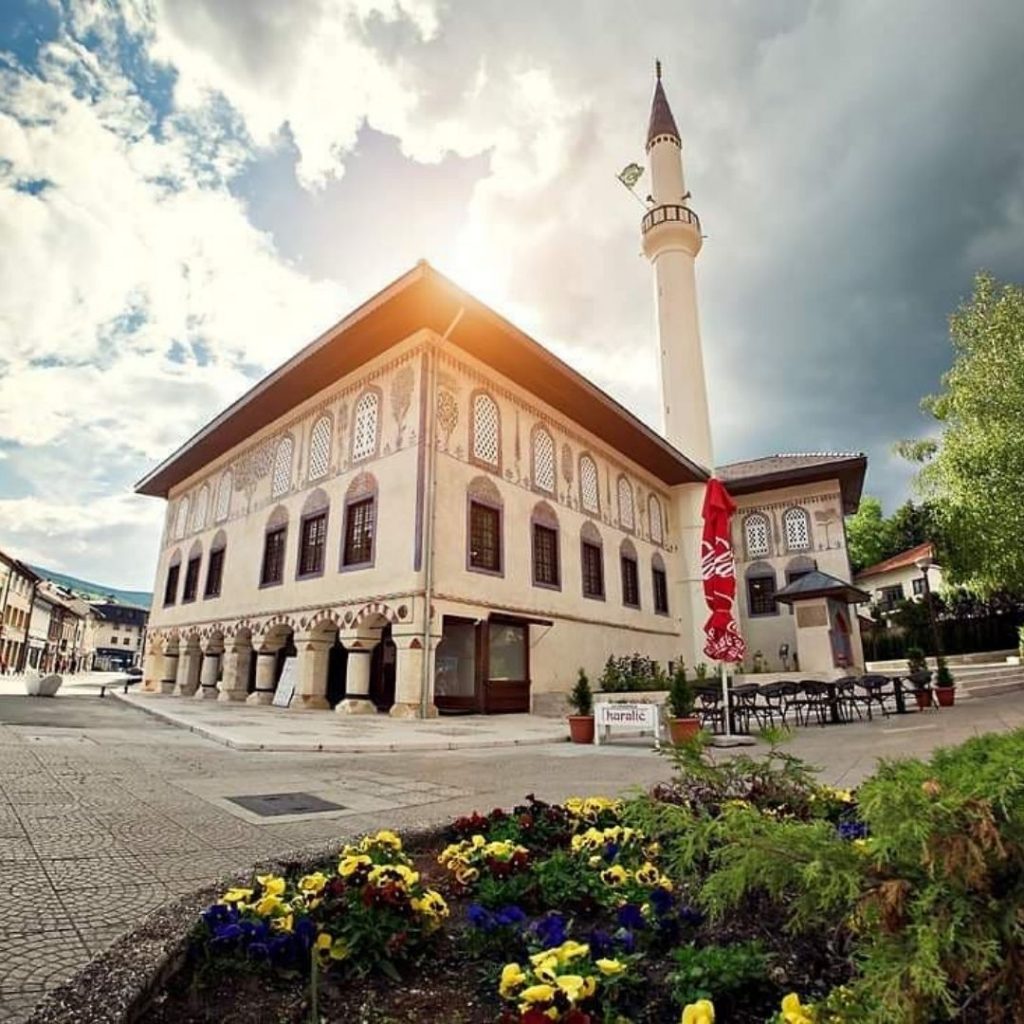
@nermin__smajic
Discover the vibrant city of Travnik, where history comes alive in the colorful masterpiece known as the Šarena Džamija or Sulejmanija Mosque. Nestled in the heart of the charming Donja čaršija district, this architectural gem is believed to have been erected in the latter half of the 16th century.
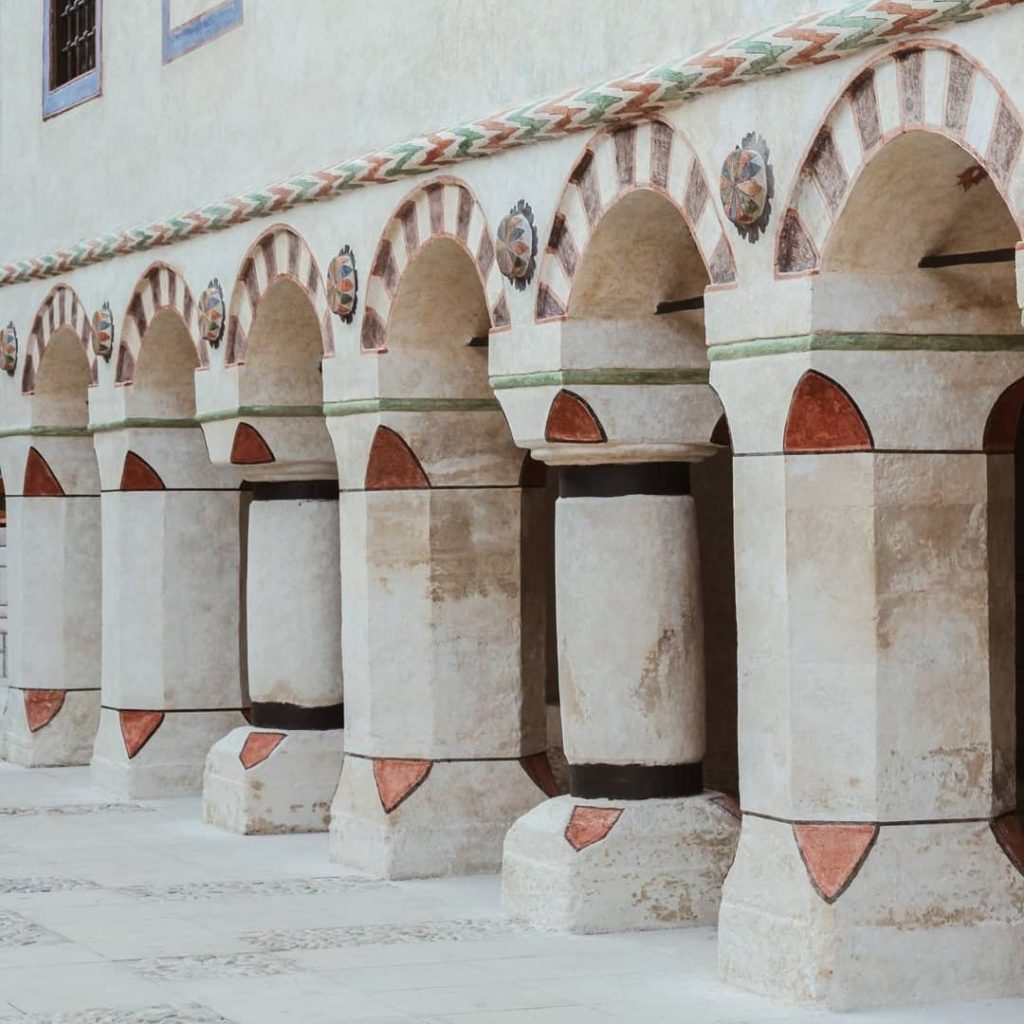
@ladybug._._
Šarena Džamija has long been a beacon of awe and admiration with its unique and original style. The mosque is adorned with captivating ornaments depicting flourishing trees, grapevines, and poppies, complemented by calligraphic details in Arabic.
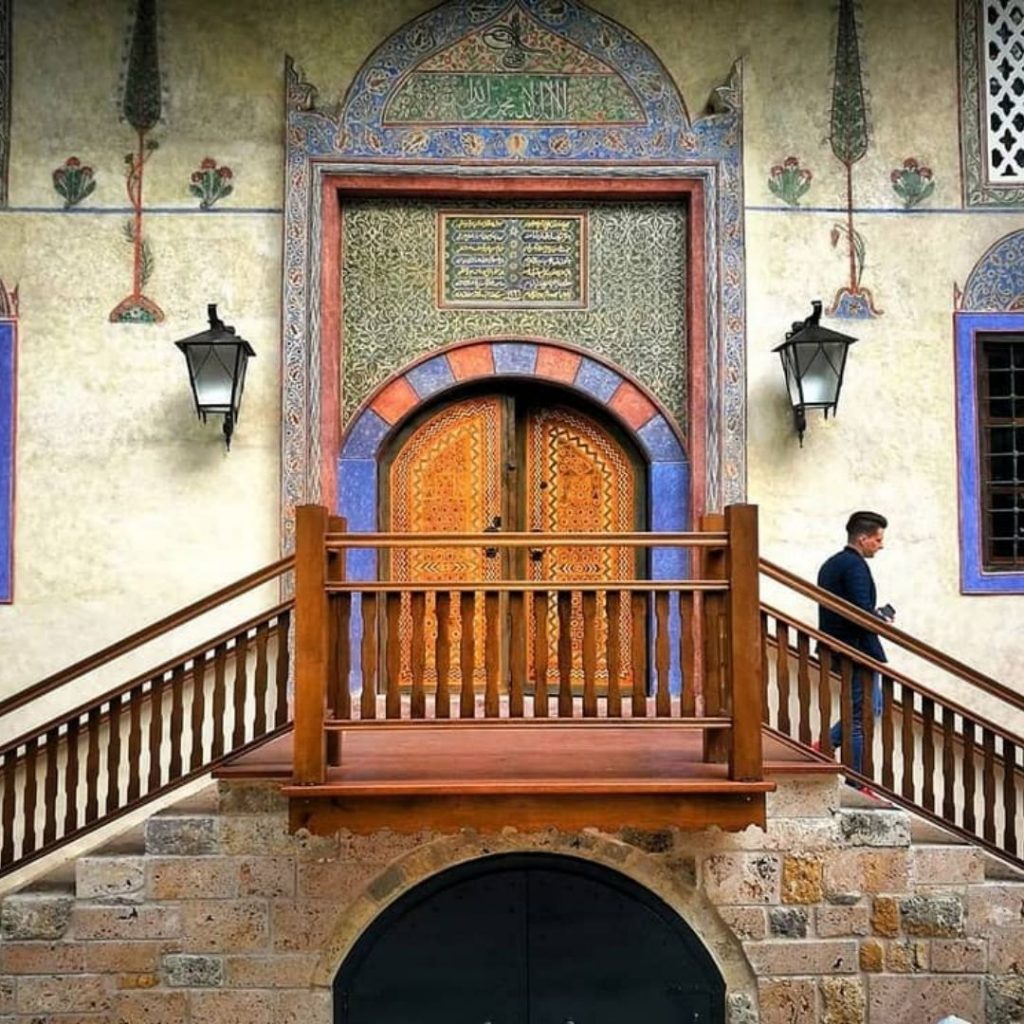
@nermin__smajic
Its name, Šarena (meaning colorful), stems from the extraordinary artistic decorations on both the interior and exterior walls.
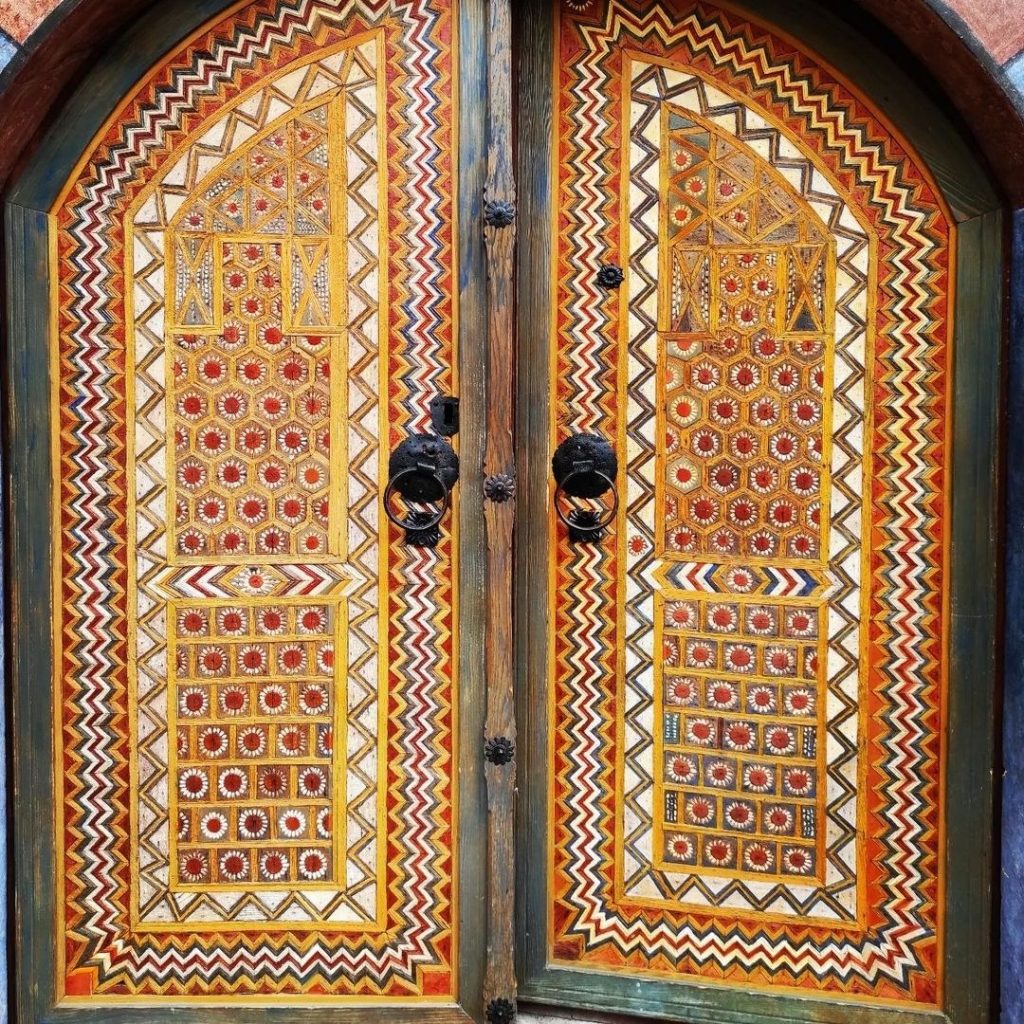
@targalomermusa
Step inside the richly decorated interior of Sulejmanija, where ornate details abound. Marvel at the beautifully painted ornamental sections above the mihrab and the arched fields surrounding the windows.
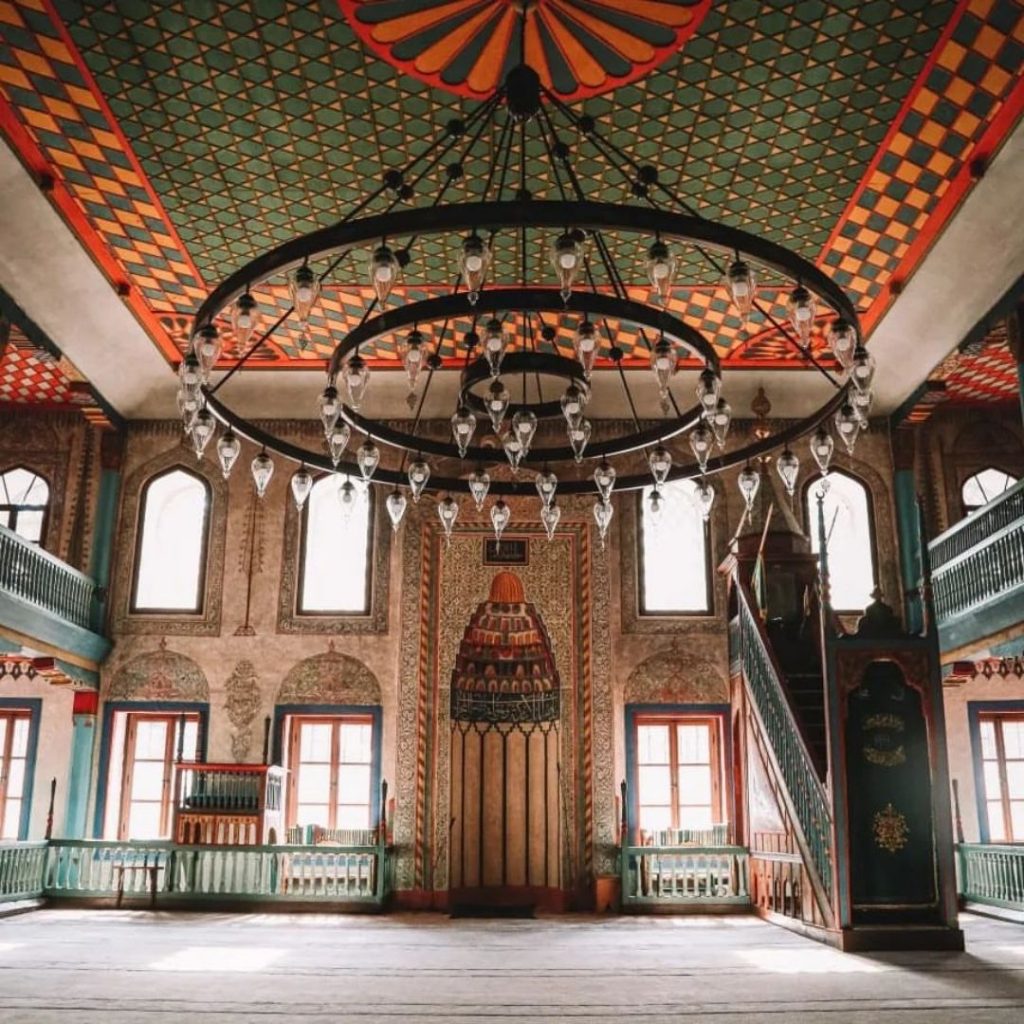
@asim_muharemovic
The gallery above the windows bears the names of the closest companions of Prophet Muhammad, peace be upon him, elegantly inscribed in Arabic calligraphy.
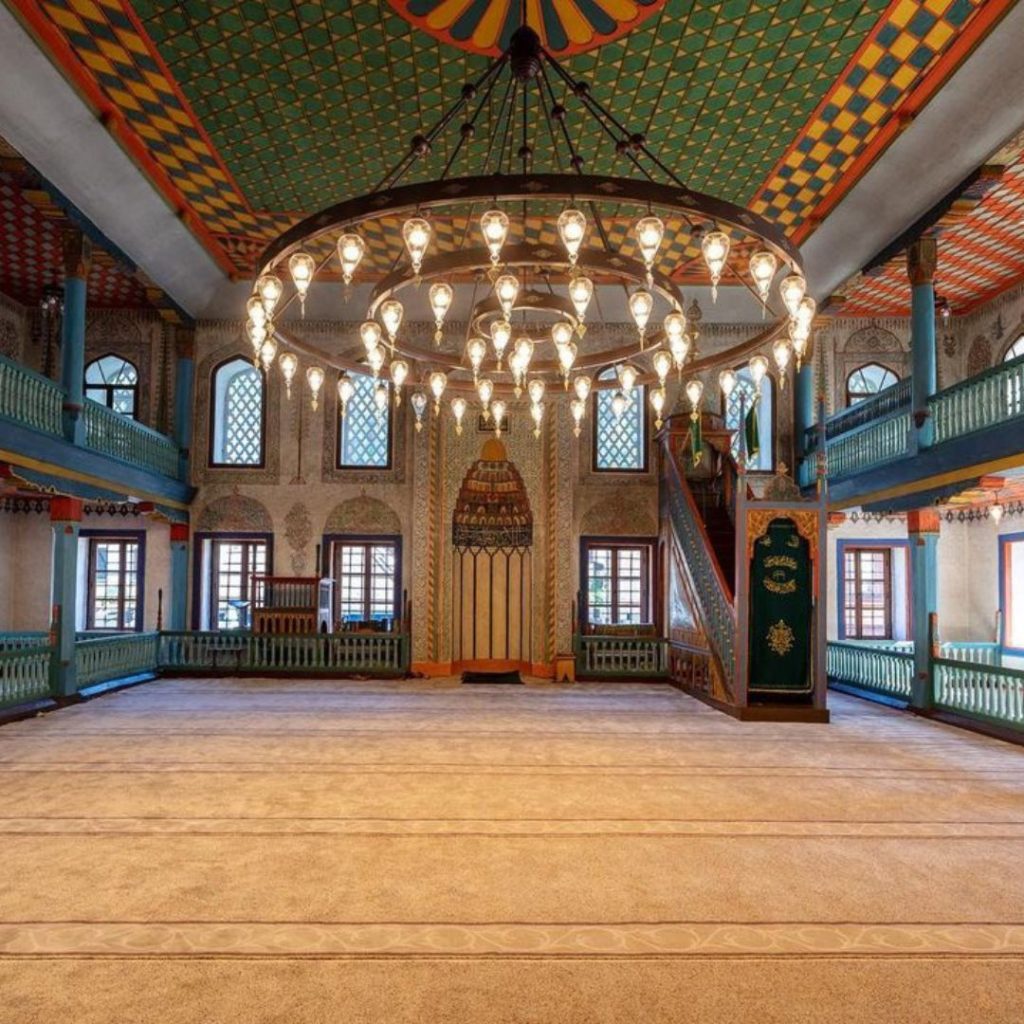
The vividly adorned coffered ceiling and wooden columns supporting the gallery and ceiling structure add to the mosque’s allure.
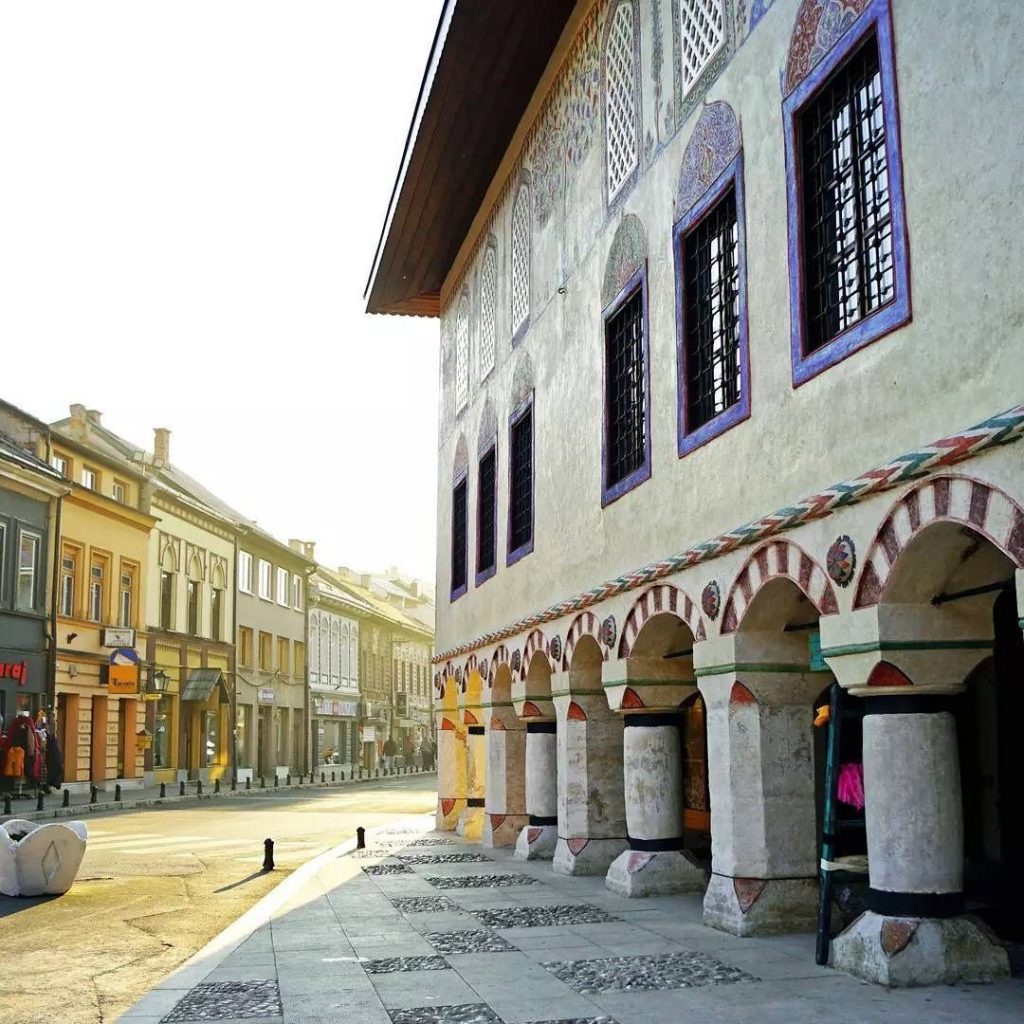
@tanyatorgonskaya
The ground floor of the mosque houses a bustling bazaar, adding to the cultural tapestry of the site.
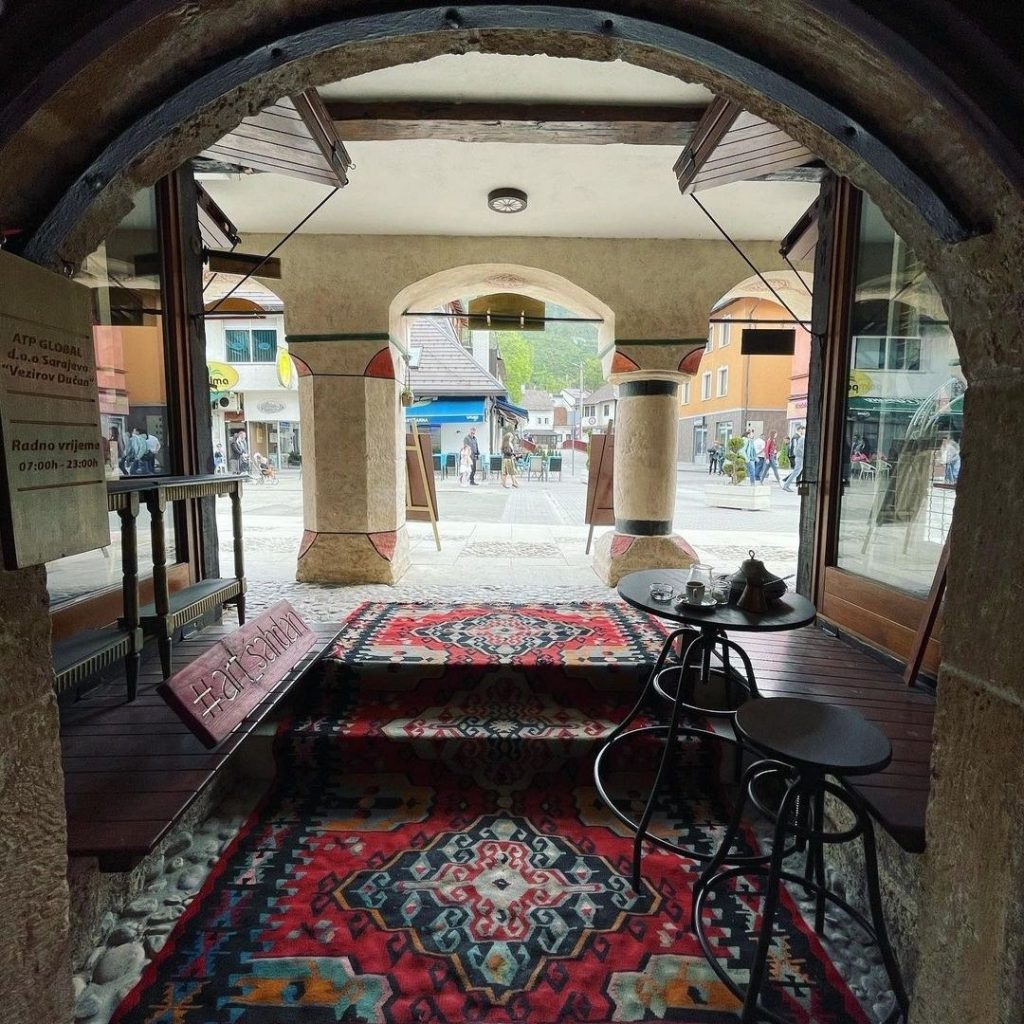
@nermindaul
Sulejmanija stands out as a rare example in Ottoman architecture where the same structure serves both sacred and secular purposes.
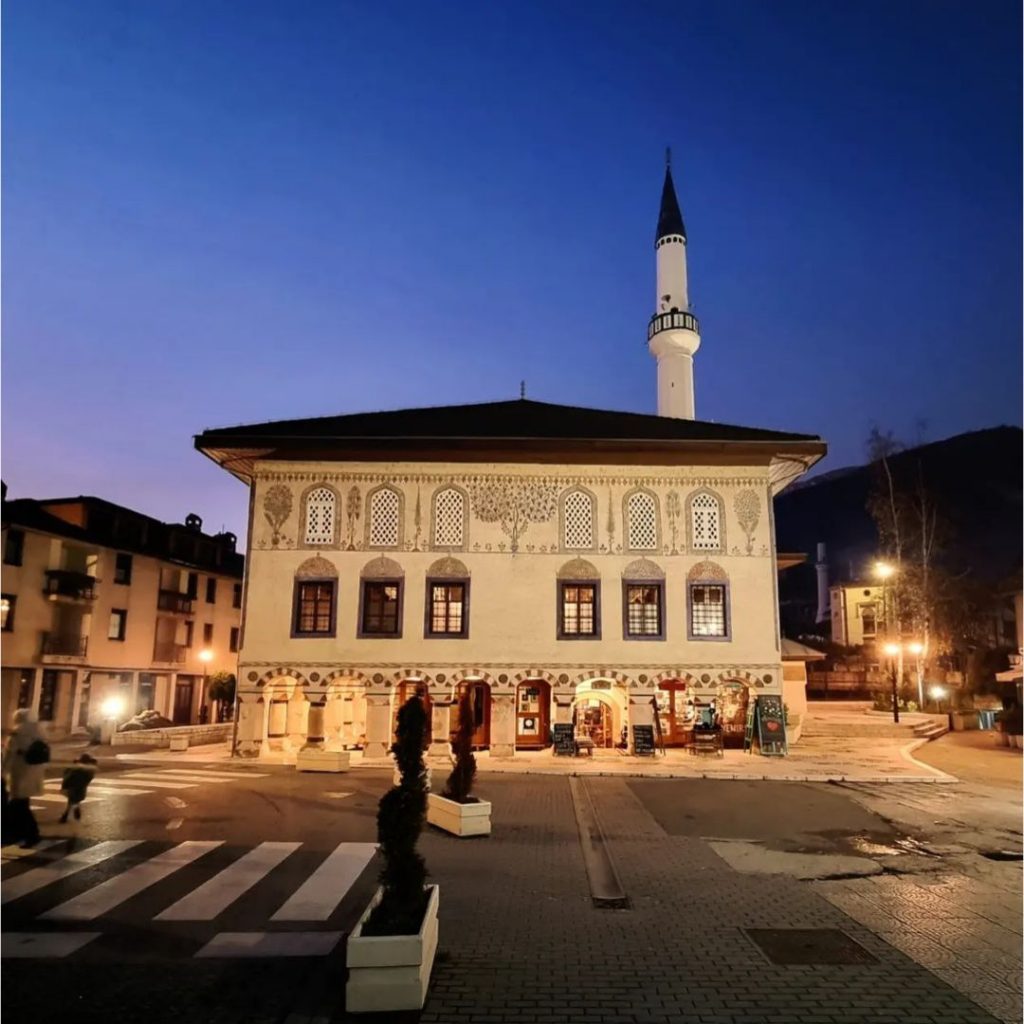
@bih_4_u
Interestingly, the minaret is located on the left side instead of the typical right side, deviating from the norm in Islamic architecture. This deviation is attributed to the damp and unstable ground on the western, or right, side.
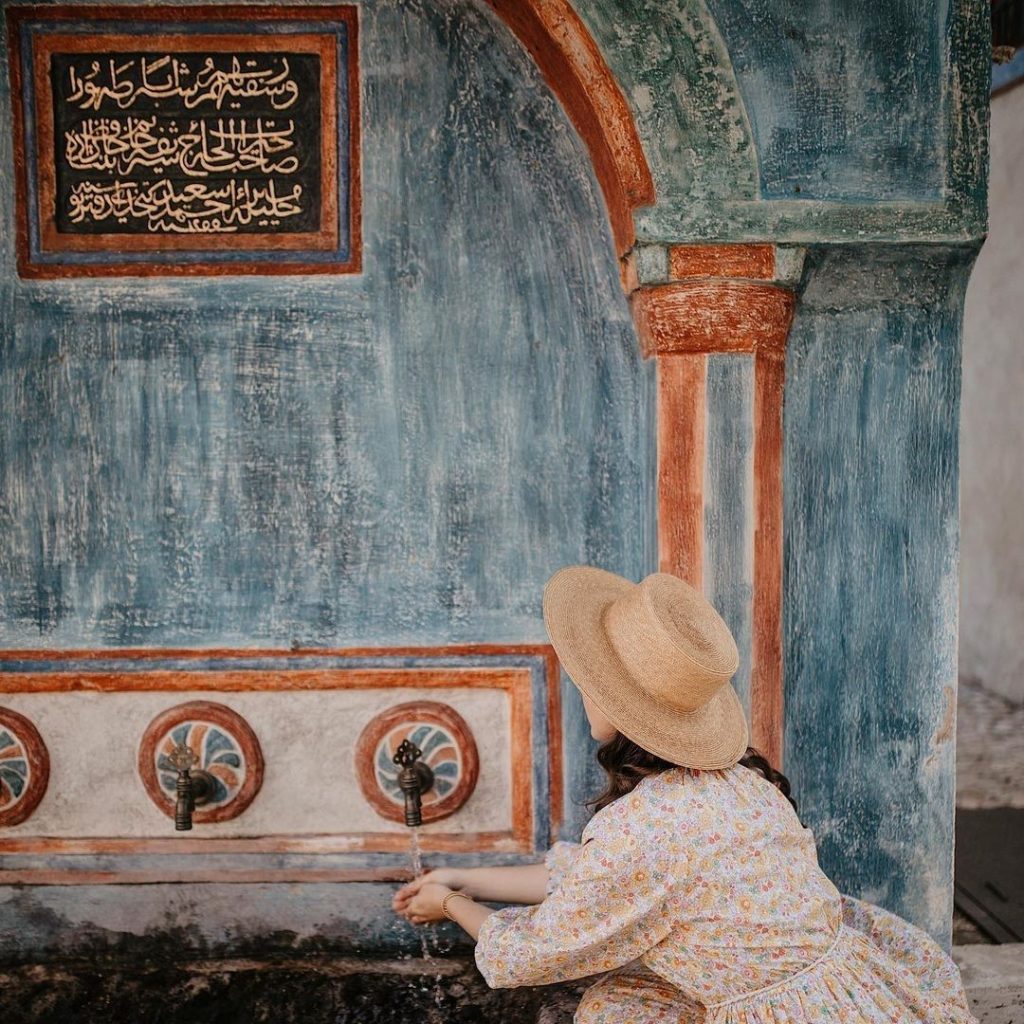
@iddavanmunster

There is also a fountain with four pipes was built next to the mosque and water was brought into it from the already existing water supply.
Remarkably, Sulejmanija miraculously escaped a catastrophic fire in 1903. While the building sustained some damage during World War II, an extensive restoration in the 1980s revived its former glory, complete with the unmistakable botanical ornaments that make it a must-see destination for history and architecture enthusiasts alike.



